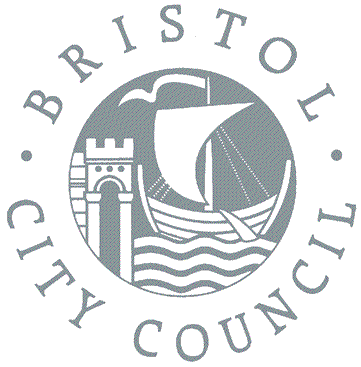Portwall Lane Glassworks

Aerial view of the Portwall Lane excavation
Bristol and Region Archaeological Services carried out an excavation between March and June 2006 on the site of an 18th-century glassworks in Portwall Lane, Bristol.
The glassworks was established by Warrens, Cannington and Company in 1768 when a glass cone 21 metres in diameter was built. That cone was partly excavated, although almost half of it now lies below Canynge Street. The cone acted as a giant chimney, probably up to 30 metres high, for the furnace on which the glass was melted in large crucibles. The working floor of the cone had been destroyed but the furnace, flues and air passages which lay below it were well preserved.

Flu from the first glass cone
After 1785, under the ownership of William Stevens and Company, a second cone 19 metres in diameter was added to the glassworks adjacent to Portwall Lane. The foundations of that cone, together with the workshops and annealing furnaces built against it, were fully excavated.
Adjoining the two cones were yards and other buildings used by the glassmakers, including a kelp mill, a sand house, clay pens, a box maker’s workshop and the counting house. Kelp was used as a flux to lower the melting point of the sand from which glass was formed.
The glassworks produced bottle and window glass and a large quantity of waste glass was found on the site. Records of the port of Bristol show that the owners of the Portwall Lane glassworks exported window glass to Ireland, Canada, North America and the West Indies.
A defensive wall, known as the Port Wall, which protected the suburbs of Redcliffe and Temple, was built in the mid 13th century and Portwall Lane now follows the line of the wall. Inside the defences, close to St Thomas Street, the back walls of late medieval stone buildings were found in the excavation, together with the gardens and yards behind them. St Thomas Street has been widened since the medieval period and the fronts of the medieval buildings now lie below the modern street.
Tags: bristol, glass furnace, glass works, industrial
- Categories
- Events
Excavations
Finds
Survey
BaRAS is registered as an organisation with the Chartered Institute for Archaeologists
All material © copyright BaRAS 2004 – 2016




